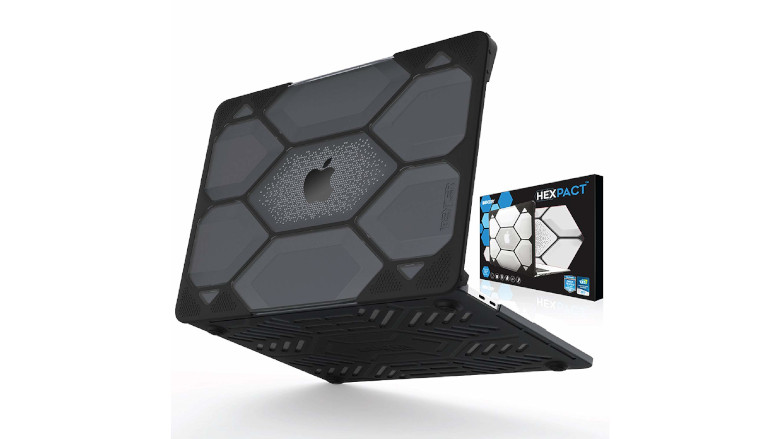
Now, it’s my turn to make an attempt at building a Hackintosh, but with an added twist. He ended up building a $750 ‘beast’ that competed with the best iMacs of the day, though. He originally intended on it being an affordable, baseline model without many bells and whistles. And thanks to the ongoing growth of the Hackintosh community, the process has become very easy over the past few years.īack in 2011, Seth took a stab at building a Hackintosh. It’s no secret that Apple charges a premium for its products, especially if you don’t need some of the hardware (Thunderbolt for example). One of the biggest reasons to go down the road of building your own, however, is price. They can be more expandable, faster, have more features and configurations, run quieter and can be a great learning experience.
Best case for 2017 mac book pro lifehacker mac#
There are many reasons to build a Hackintosh instead of buying a Mac directly from Apple.

For those unfamiliar, a Hackintosh is essentially a machine running OS X on non-Apple approved and manufactured hardware. Over the years, building ‘Hackintosh’ computers has become both a lot easier and more popular. How does it compare to the Seiki? Is 4k all it’s hyped up to be? Let’s discuss. I purchased the Samsung U28D590D on Amazon while it was priced at $666 and have been using it as my primary display for the past week. This puts it far below any currently available 4k monitor with 60Hz capabilities. The big selling point of the Samsung monitor, aside from doing 4k at 60Hz, is that it costs just $646 on Amazon. There are also two HDMI ports, but they’ll only do 4k at 30Hz, like the Seiki.
Best case for 2017 mac book pro lifehacker full#
Samsung’s U28D590D is a 28-inch 4k monitor that supports full 4k resolution at 60Hz via a DisplayPort 1.2 connection. Samsung, at the end of May, unveiled its take on an affordable 4k display.

Noticeably missing from CES, however, was Apple’s frenemy supplier/competitor Samsung. At CES this year, we also saw a variety of 4k displays, some of which were priced for budget-minded customers, and some of which were high-end. Despite the low refresh rate, the display was still a great deal at its then $450 price point ( now down to $390) and truly got us excited for the potential of 4k.

For instance, you could only use the full 4k resolution at 30Hz, which meant that there would be noticeable lag when using the display as a monitor. We reviewed Seiki’s budget offering last year, and while we liked it overall, it did have more than its fair share of set backs. Ever since the Mac Pro was released in December, we’ve faced an onslaught of 4k displays.


 0 kommentar(er)
0 kommentar(er)
